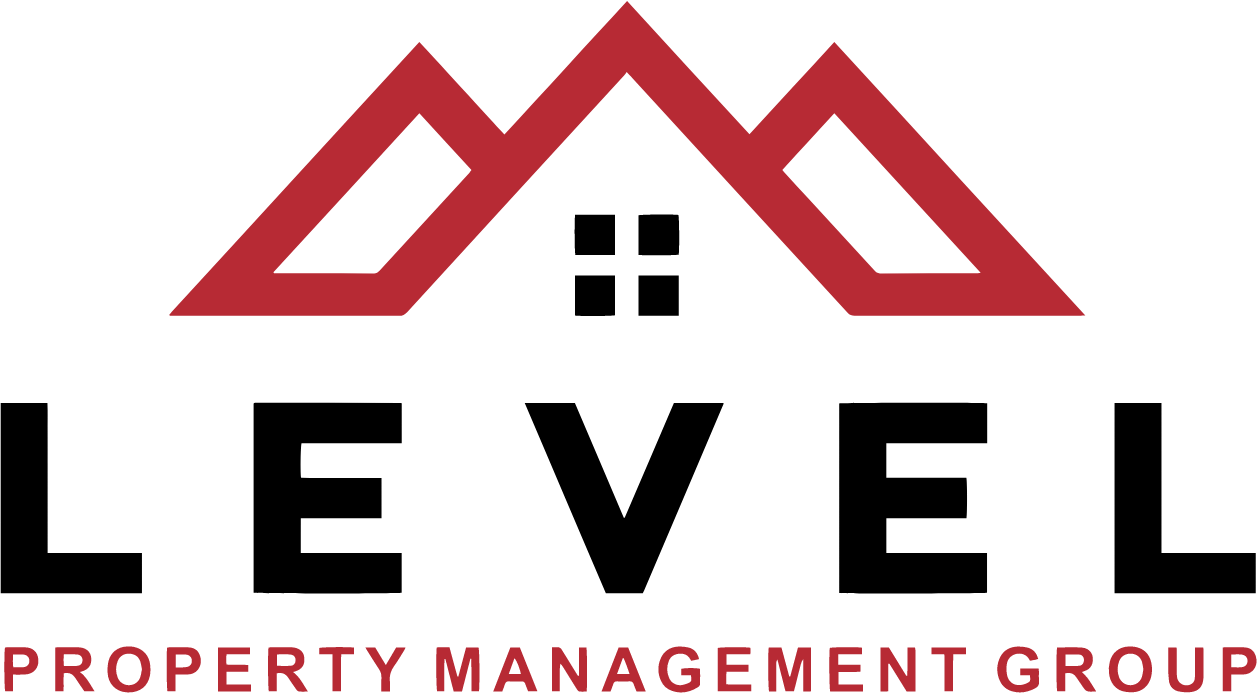Landlords just beginning their careers may find writing a lease a challenge. While other rental owners find a verbal agreement to be enough, this isn’t advisable due to the unpredictable natures of landlord-tenant relationships. So not having a written one, or having a poorly written one, is bound to create issues at some point.
A lease must be specific and clear, leaving no room for interpretation. It must clearly state the rights and responsibilities each party has. Any important disclosures and clauses must also be included in the contract. Most of all, the date of the lease signing and all signatures must be printed on this important document.
A well-crafted lease guides the renters on what to do in any property management situation and helps them stay for the long term. So, its important that, as a landlord, you understand what constitutes a strong lease. This is why we at Level Property Management have created the following article:
Why Do You Need a Lease?
A lease is a document that, at its core, clearly sets the expectations for both a landlord and a tenant when it comes to the actions they are expected to take during the lease term.
A leasing agreement helps smooth out conflicts when it contains lawful and detailed conditions. If your renter files a lawsuit, you can bring the leasing agreement to the court and present it as evidence.
Writing a Lease
Landlords can craft a lease using several methods:
- DIY: this is a time-consuming option and you will need to be familiar with current states laws and local regulations.
- Hiring a Property Manager: this ensures you’re legally protected and reduces risk.
- Sourcing from a ready template: A simple solution, and since it’s a template, it will apply to most rental types. But some of the conditions may not fit your rental space.
A great recommendation is to hire a property management company. Through a property management company, you can benefit from a full range of services including marketing. This includes lease preparation that’s specific to your rental unit.
Basics of a Lease
No two leasing agreements are the same, but the same basic information is required to form a lease:
- Name of the landlord and tenant: the full names of the landlord and renters are expected to be found in the lease.
- Rental property name and address: the rental unit’s name and address must be written in full, including the door number for condo units and apartments.
- Rent due date: the complete dates must be indicated on the leasing agreement to avoid misunderstandings.
- Rent amount: it’s vital to make sure that the rental amount is written in figures and words for clarity. This should be separate from other fees.
- Rental term: the time period of the rental must be stated in full. For example, the tenancy begins on January 1, 2023, and ends on December 31, 2023. This helps fix the problem of overstaying occupants.
- Signatures of the parties: by adding the signatures of both parties, the leasing agreement is binding since it shows a mutual understanding of the leasing contract details.
Vital Clauses and Policies to Include in a Lease
Even if leases differ from one rental owner to another, clauses such as the following will need to be detailed so as to comply with local and state laws:
Subletting
You can permit a renter to welcome other occupants to divide the rent amount if you like – this is called subletting. But it’s best for the renter to get your written approval first. This is so you know the type of renter being accepted in your unit.
Property Access
Just because you’re the rental owner, it doesn’t mean you can come and go inside the unit anytime. To provide your tenants with privacy, you need to notify them when you need to access the rental. This could be for required property inspections, necessary maintenance, or repairs.
Tenant Obligations
Even if landlords have multiple duties to accomplish in managing the rental, renters also share in the responsibility so the lease should break down all the maintenance tasks of the renter.
Legally Breaking the Lease
In certain situations, it is deemed acceptable under the state laws to break a lease. This could be because of required military duty, cases of domestic violence, and landlord harassment.
Landlords can also allow specific for circumstances, such as job relocation, as long as the condition is specified in the leasing agreement.
Security Deposit
Some states require landlords to mention where their security deposit is safe kept and the rate of interest it earns. It’s also best to be detailed with the refund process of the security deposit.
Required Disclosures
Certain information is always given to your renters for their own protection. These are covered by the State and local laws, such as:
- Bed Bugs: Their existence must be mentioned by the rental owner. Preventive solutions must also be provided.
- Radon: Due to its health impact, renters must know if it’s present in your unit.
- Flood zone: If your rental location is exposed to flooding then the renter must be informed.
- Lead-based paint: Properties constructed before 1978 are at risk for potential lead-based paint, so renters must be aware of this.
Bottom Line
If you have a solid leasing agreement, it helps maintain a positive relationship with your renters as there are fewer disputes. Detailed leases also mitigate the risks faced by the rental owners leading to less stress.
If you have little time to dedicate to making a complete leasing agreement, it’s advisable to engage the services of a trusted property manager like Level Property Management Group! We can help with anything from helping you with renovations, to tenant screening.

